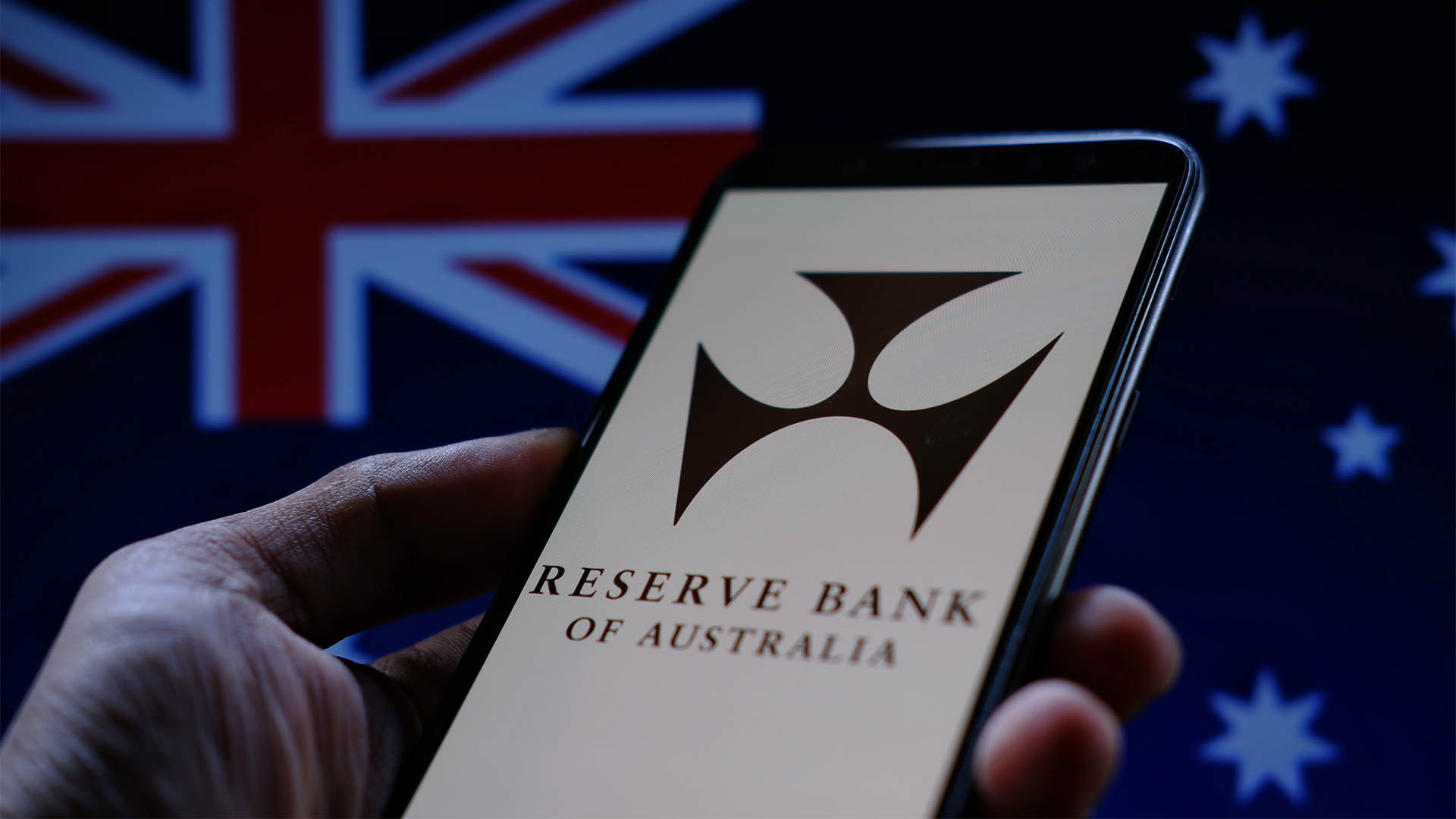The Reserve Bank of Australia (RBA) has announced its decision to keep the cash rate unchanged at 4.35 per cent in its final policy meeting for the year. This move was widely anticipated by the financial market and economists, given the central bank's recent efforts to address inflation concerns.
The RBA had increased interest rates by 25 basis points last month after maintaining a steady rate for four months. This decision was driven by the central bank's assessment that the progress towards bringing inflation within the target range of 2 to 3 per cent was slower than initially forecasted. While the economy experienced a period of below-trend growth, it performed better than expected during the first half of the year, with higher-than-expected underlying inflation in various service sectors.
Despite easing conditions in the labor market, which had remained tight, and rising housing prices along with increased new mortgage applications, the RBA concluded that the risk of prolonged higher inflation necessitated an interest rate hike. The bank aimed to be more certain that inflation would return to its target range within a reasonable timeframe.
The RBA's decision to maintain the cash rate in its latest meeting comes after receiving limited information on the domestic economy since November. Indicators suggested that inflation continues to moderate, particularly in the goods sector. However, the data did not provide significant insights into services inflation. Overall, measures of inflation expectations remained consistent with the RBA's inflation target.
While wages growth showed an increase in the September quarter, the RBA anticipated this due to an earlier Fair Work Commission decision on award wages. The bank did not expect wages growth to rise significantly further and considered it consistent with the inflation target, provided productivity growth improved.
The recent series of interest rate hikes, including last month's, are intended to establish a more sustainable balance between aggregate supply and demand in the economy. These increases have begun to affect the economy, with high inflation affecting real incomes and leading to weak household consumption growth and dwelling investment. The decision to hold the cash rate steady in this meeting allows the RBA to evaluate the impact of the rate hikes on demand, inflation, and the labor market.
The primary objective for the RBA remains returning inflation to its target range within a reasonable timeframe, as high inflation can have detrimental effects on the economy. It erodes the value of savings, strains household budgets, hinders business planning and investment, and exacerbates income inequality. To date, medium-term inflation expectations have remained consistent with the inflation target, a critical factor the RBA intends to maintain.
Despite these efforts, uncertainties linger regarding the economic outlook. The persistence of services price inflation, uncertainties in the Chinese economy, and global conflicts all pose risks. Domestically, uncertainties pertain to the lag in the effect of monetary policy, as well as how firms' pricing decisions and wages will respond to slower economic growth, even as the labor market remains tight. Additionally, household consumption faces uncertainty, with some households experiencing financial constraints while others benefit from rising housing prices, savings buffers, and higher interest income.
The RBA has underscored that the need for further tightening of monetary policy will depend on evolving data and risk assessments. The central bank will continue to closely monitor developments in the global economy, trends in domestic demand, and the outlook for inflation and the labor market. The RBA remains committed to its goal of returning inflation to its target range and is prepared to take further action if necessary.
The RBA is scheduled to reconvene in February 2024 after an extended summer break, making the January quarterly inflation report a crucial point of assessment for future policy decisions.














